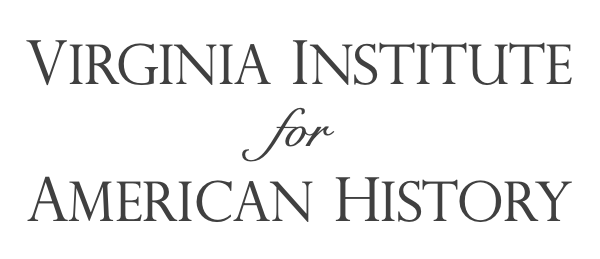We hold these truths to be self‑evident, that all men are created equal, that they are endowed by their Creator with certain unalienable Rights, that among these are Life, Liberty and the pursuit of Happiness. That to secure these rights, Governments are instituted among Men, deriving their just powers from the consent of the governed…
“This was the object of the Declaration of Independence. Not to find out new principles, or new arguments, never before thought of, not merely to say things which had never been said before; but to place before mankind the common sense of the subject, in terms so plain and firm as to command their assent, and to justify ourselves in the independent stand we are compelled to take. Neither aiming at originality of principle or sentiment, nor yet copied from any particular and previous writing, it was intended to be an expression of the American mind, and to give to that expression the proper tone and spirit called for by the occasion. All its authority rests then on the harmonizing sentiments of the day, whether expressed in conversation, in letters, printed essays, or in the elementary books of public right, as Aristotle, Cicero, Locke, Sidney, etc.”
--Thomas Jefferson
“The Declaration of Independence... [is the] declaratory charter of our rights, and of the rights of man.”
--Thomas Jefferson
“Do you recollect the pensive and awful silence which pervaded the house when we were called up, one after another, to the table of the President of Congress to subscribe what was believed by many at that time to be our own death warrants?”
--Benjamin Rush
“We must all hang together, or most assuredly we shall all hang separately.”
--Benjamin Franklin
“[Independence Day] will be the most memorable Epocha, in the History of America. I am apt to believe that it will be celebrated, by succeeding Generations, as the great anniversary Festival. It ought to be commemorated, as the Day of Deliverance by solemn Acts of Devotion to God Almighty. It ought to be solemnized with Pomp and Parade, with Shows, Games, Sports, Guns, Bells, Bonfires and Illuminations from one End of this Continent to the other from this Time forward forever more.”
--John Adams
“Yesterday, the greatest question was
decided, which ever was debated in America, and a greater, perhaps, never was
or will be decided among men . . . . You will see in a few days a Declaration
setting forth the causes which have impelled us to this mighty revolution, and
the reasons which will justify it in the sight of God and man.”
--John Adams
“All that I have, and all that I am, and all that I hope, in this life, I am now ready here to stake upon it; and I leave off as I begun, that live or die, survive or perish, I am for the Declaration. It is my living sentiment, and by the blessing of God it shall be my dying sentiment, Independence, now, and Independence for ever!”
--John Adams
"I have said that the Declaration of Independence is
the ring-bolt to the chain of your nation’s destiny; so, indeed, I regard it.
The principles contained in that instrument are saving principles. Stand by
those principles, be true to them on all occasions, in all places, against all
foes, and at whatever cost.” — Frederick Douglass
“I have never had a feeling politically that did not spring from the sentiments embodied in the Declaration of Independence.”
--Abraham Lincoln
“The expression of that principle
[Liberty to all], in our Declaration of Independence, was most happy, and
fortunate. Without
this, as well as with
it, we could have declared our independence of Great Britain; but without it, we could not, I think,
have secured our free government and consequent prosperity. The assertion of
that principle,
at that time, was the
word "fitly spoken"
which has proven an "apple of gold" to us. The Union, and the Constitution, are the picture of silver, subsequently framed around
it. The picture was made, not to conceal,
or destroy the apple;
but to adorn and preserve it. The picture was made for the apple -- not the apple for the picture.”
--Abraham Lincoln
“All honor to Jefferson--to the man who, in the concrete pressure of a struggle for national independence by a single people, had the coolness, forecast, and capacity to introduce into a merely revolutionary document, an abstract truth, applicable to all men and all times, and so to embalm it there, that to-day, and in all coming days, it shall be a rebuke and a stumbling-block to the very harbingers of re-appearing tyranny and oppression.”
--Abraham Lincoln
“If [immigrants
to America] seek to trace their connection with those days [of the Revolution] by
blood, they find they have none, ...but when they look through that old
Declaration of Independence they find that those old men say that “We hold
these truths to be self-evident, that all men are created equal,” and then they
feel that that moral sentiment taught in that day evidences their relation to
those men, that it is the father of all moral principle in them, and that they
have a right to claim it as though they were blood of the blood, and flesh of
the flesh of the men who wrote that Declaration, and so they are.
That is the electric cord in that Declaration that links the hearts of
patriotic and liberty-loving men together, that will link those patriotic
hearts as long as the love of freedom exists in the minds of men throughout the
world.”
--Abraham Lincoln







.jpg)









